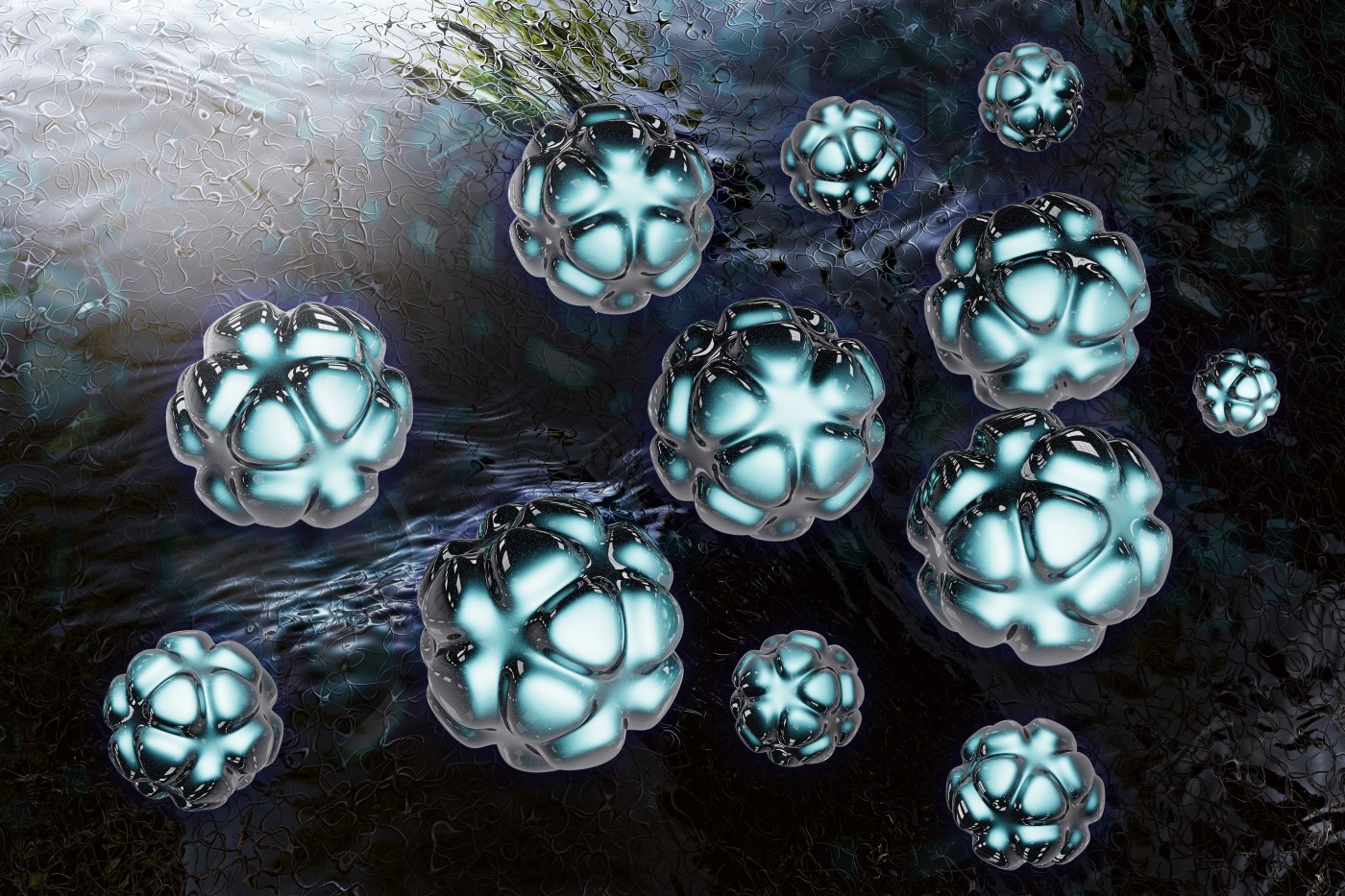The mechanism by which benign melanoma cells change into malignant ones is greatly affected by the cells’ stiffness, as determined by the specific balance of two signaling pathways — which, in turn, can be affected by a genetic deletion, according to Yale University researchers. Their study, titled “Directed migration of cancer cells guided by the graded texture of the underlying matrix” and published in Nature Materials, also suggested a way of reversing this invasive change and a possible new diagnostic test for malignant melanoma.
Melanoma cells can transition from a benign state of radial growth to a malignant state characterized by vertical patterns of growth, but the mechanisms behind that transition have eluded researchers.
Researchers, led by Andre Levchenko, found that melanoma cells in the extracellular matrix (ECM, the body’s living tissue) migrate either to dense or sparse areas of the matrix. While benign cells tend to go to the dense area, allowing them little room to move, malignant cells veer toward sparse areas, where they grab onto matrix fibers and spread out more easily. The direction of the migration, the researchers reported, was partly dependent on the cells’ material properties, namely their stiffness, as softer cells can spread out more easily than stiffer ones. The aggressiveness of the cells’ movement is determined by the chemical signals that branch out into two different pathways, with the dominant branch setting the direction. They named this process “topotaxis.”
Investigators also found that the overall balance of the pathways was determined by a cell’s genetic profile, and that the loss of the PTEN gene, a common genetic mutation in aggressive melanomas, altered the balance.
The discoveries may also have therapeutic value, as researchers were able to take an aggressive cell and revert it to a benign form — and vice-versa — by changing the balance between the pathways, essentially making the cells move in the opposite direction. Restoring the pathways’ balance affected by the gene’s loss might be possible through genetic manipulations or drugs, the researchers reported.
Study findings might also lead to a less invasive diagnostic test. The researchers made matrix models of nanofabricated and quasi-3-D ECM environments for their investigation of cell behavior.
“We can take cells and drop them on these nanofabricated surfaces to mimic the matrix, and depending on where they move, we can actually tell whether they’re benign or malignant. That gives us an interesting possibility that didn’t exist before — to characterize the degree of invasiveness based on how the cells behave,” Dr. Levchenko, director of the Yale Systems Biology Institute and the John C. Malone Professor of Biomedical Engineering at Yale, said in a university press release.


